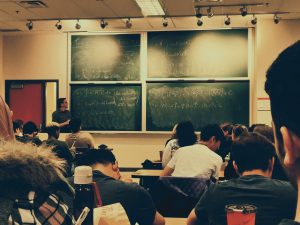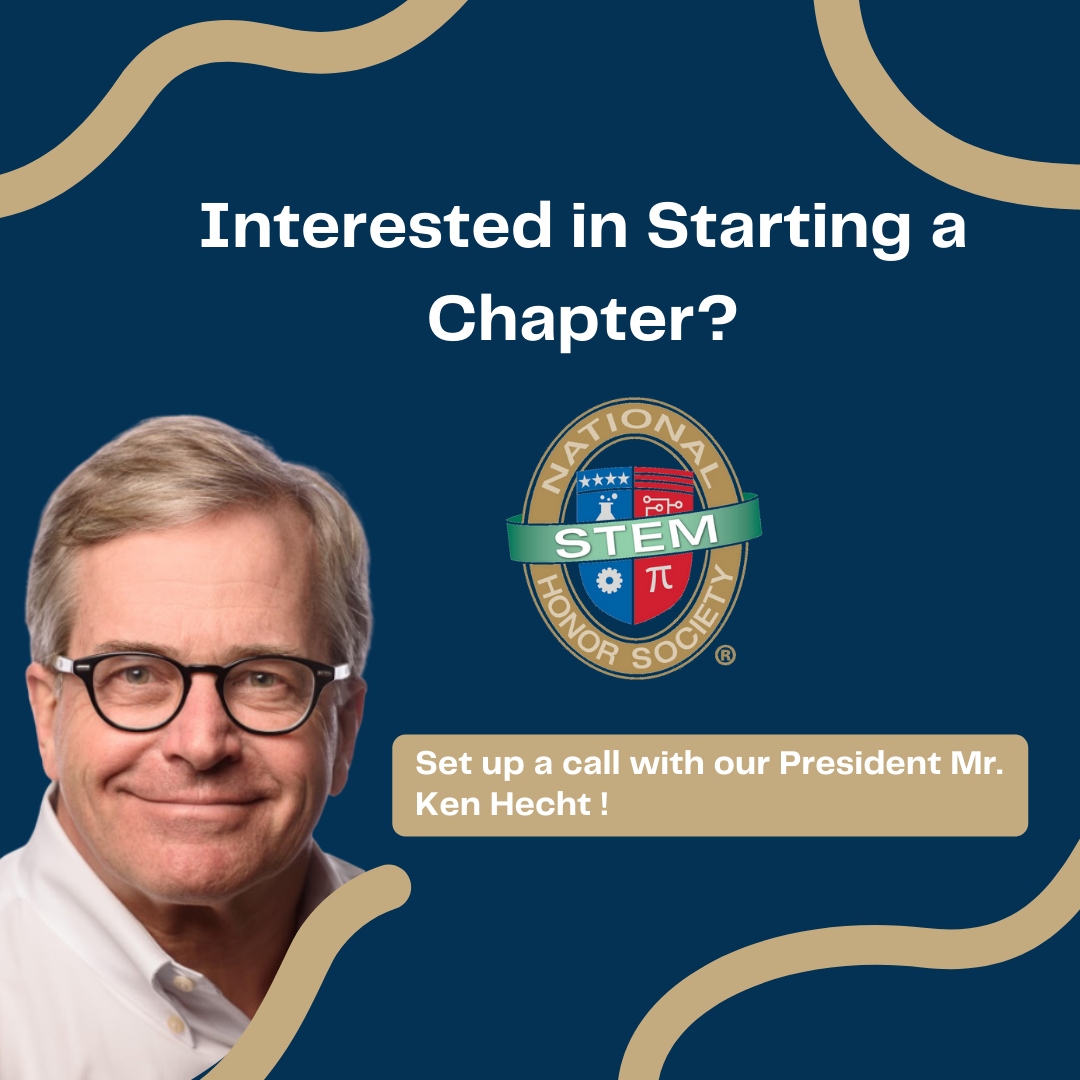This conversation is between Chelsea Kowal and her former college advisor, Dr. Julie Hasenwinkel, who is Professor and Chair of the Biomedical and Chemical Engineering departments at Syracuse University.
Chelsea: What are 5-10 ways that you have found to nurture students while remaining professional?
Dr. Hasenwinkel: I actively try to get to know my students and learn about their interests and goals and I let them get to know me and help them understand that I am a real person who experiences stress and challenges too. I send students information about opportunities that are a good fit for them. I encourage students to apply for things or pursue particular paths that align with their interests and goals. I advise students formally and informally to educate them about student success. I help students to network with other professionals on campus and in their field. I try to be positive and encouraging to students when they are struggling.
Chelsea: What are some ways that you keep students engaged in STEM fields, especially women?

Dr. Hasenwinkel: The place where I probably have the biggest impact is in the classroom with the students that I teach, where I try to get them interested in the material by using real world problems and examples. But beyond that, I try to help students think about and pursue opportunities for engagement outside of the classroom. Science and engineering come to life in the research lab, or in a cool design project, or at an internship. This is where students get to translate their foundational knowledge from their classes into meaningful real world experiences. Those experiences can be tremendously formative in terms of a student’s future career so I really try to push students to take advantage of every opportunity that they can get to explore before they graduate.
Chelsea: Did you face any adversity being a female engineer? If so, how did you get through it? What are some ways that it’s gotten easier (or harder) for women in STEM fields?

Dr. Hasenwinkel: I never felt like I was overtly discriminated against but I’d say my biggest challenge was the lack of peer support early in my career as a faculty member. When I started my faculty position there were very few women professors in my college and they were all much older than me. None of them had children while on the tenure-track, like I did, and none of them had children at home anymore so it was hard for me to relate to them as peers. I didn’t have a strong peer network in academia outside of my institution because most of my friends had gone to work in industry. I struggled with being ‘the only’ and I felt tremendous pressure to succeed, both because I wanted to be successful and because I didn’t want people to think that I couldn’t be successful because I was a woman who chose to also have a family. I also felt like I had to do things ‘on my own’ because people would think less of me if I asked for help. That was a big mistake. I should have asked for mentorship, even when no one was reaching out to me to offer it. I just didn’t know because I was naïve and I didn’t really have trusted role models that I could go to for help. Things have changed so much in the past twenty years. Now I have many more female colleagues and most of them have young children. There is much more formal and informal peer support at my institution and I’ve been able to participate in programs outside of my institution, which has helped me to build robust peer networks. Now I am in a position in my career where I can lead in these areas and make a difference for those who come after me, by continuing to push for equitable policies and practices and by mentoring junior faculty.
Chelsea: As a university STEM professor and a parent, what are some creative ways that you get your kids interested in STEM?
Dr. Hasenwinkel: This is a really simple but impactful thing (I think)…I always answered my kid’s questions. If you’ve ever spent time with young children you know that they ask a lot of questions. They are far more inquisitive than high school or college students, at least in what they are willing to ask out loud. It’s easy to be dismissive of their questions because it can be draining. But when my kids asked questions I always tried to answer them on their level. And if I didn’t know the answer I would tell them that and then we would figure it out together (thank you Google!). It’s really not that different from teaching college students, where you try to instill a sense of curiosity and motivation to ask good questions, followed by a drive to find and understand the answer. My kids took that curiosity and pursued enriching extracurricular STEM activities in school, like Science Olympiad. I have two college aged children now. One is pursuing his degree in Mechanical Engineering and the other in International Relations. They didn’t both end up in STEM but they both still ask good questions!
Written By: Chelsea Kowal
